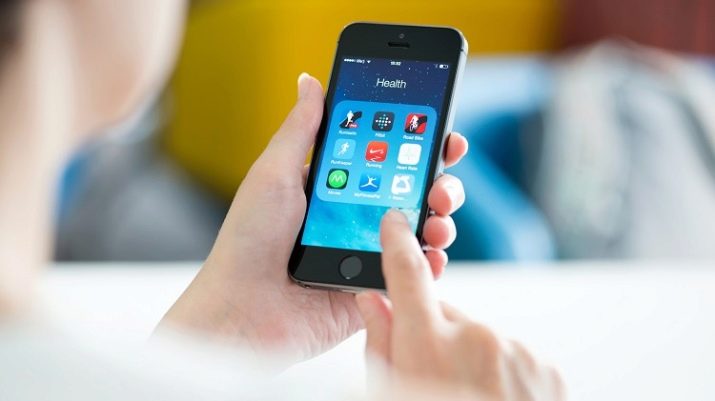How can you replace the gasket if it is not there?
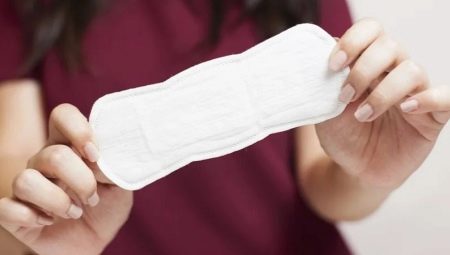
Not every woman can boast of the regularity of the menstrual cycle. What can we say about teenage girls and young girls, whose hormonal fluctuations in the body can "surprise" at the most inopportune moment. As luck would have it, there may not be a tool that is so necessary in this situation at hand - a feminine sanitary napkin. That is why it will not be superfluous to find out how you can replace it if your periods are not on schedule.
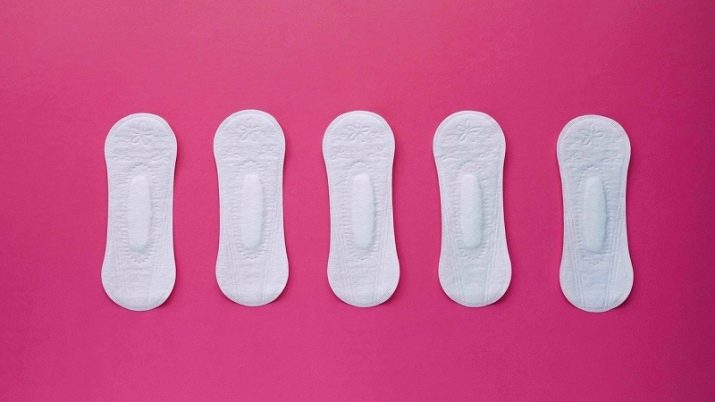
How to make a bandage and cotton pad?
The most obvious, quick and simple option, if you are at home, and you need to make a pad to run to the nearest store or pharmacy to purchase hygiene products, is to make it from cotton wool and bandage (gauze).
Step by step guide:
- you need a piece of cotton the size of a pad, while the coincidence of shape and size is not important;
- it should be well wrapped with a bandage (gauze);
- then you can attach a homemade pad to the panties - for this, you should use a safety pin, and choose the linen that is as close to the body as possible so that the product does not slip.
If you are worried that the discharge (and they are usually especially heavy on the first day of your period) will seep out, you can put a piece of cellophane or cling film under the bottom before you start wrapping cotton wool with a bandage.
Of course, this is a temporary solution to the problem and will not last long. After a couple of hours, you will have to replace the product with a new one. So go to the store or make some reusable pads.
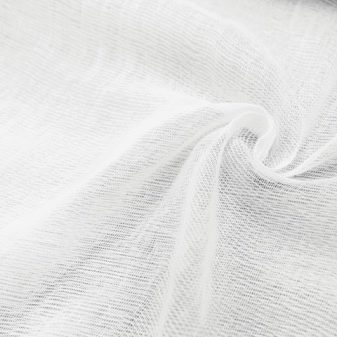
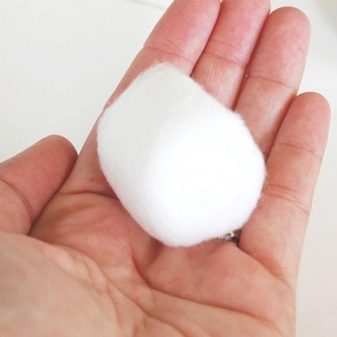
Making a reusable pad
At home, it is possible to spend an hour sewing one or two reusable sanitary pads. However, you will first have to stock up on consumables and tools. The manufacturing process itself is not complicated. Significant characteristics of commercial pads are 2 of their ability: to absorb moisture and keep it inside the product. This is what you need to take into service if you wish to sew this hygiene product with your own hands. Materials that are absorbent and water-retaining should be selected.
The standard female pad consists of 3 layers:
- that which is in direct contact with the skin;
- absorbent, which is responsible for absorbing and retaining secretions;
- protective, which is located on the bottom and is characterized by waterproofing.
For the manufacture of the top layer in contact with the skin, it is recommended to take fabrics on a natural basis, which are also capable of allowing air to pass through. This will help you avoid discomfort and skin irritation. It is also desirable that all materials used are hypoallergenic. The best options are cotton, plush and flannel. The second layer - absorbent - is made of microfiber, flannel or a simple bandage. The third is made of cellophane. You can simply cut into any suitable bag, cut out a rectangle of a suitable size and insert into the spacer.
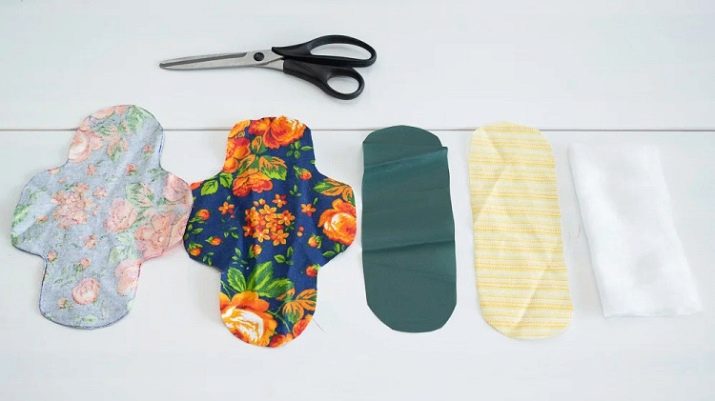
By the way, some young ladies do not like the characteristic rustle produced by a plastic bag when walking. In this case, corduroy, chintz and even eco-leather can be used to make the protective bottom. True, such a gasket will be enough for a short while, in an hour, maximum two, it will need to be changed. The question of bonding the layers together is decided by the woman herself, but the stitched product will be much more reliable than the one where all the parts "hang out" by themselves. This can be easily done at home by sewing the gasket along the edges with the capture of all three interlayers on a sewing machine or by hand sewing. The pattern of the hygiene product can be printed or hand-drawn and cut out. You will have to figure out the dimensions yourself.
Algorithm for sewing a reusable pad.
- Initially, a second layer is made - an absorbent one. To do this, for example, fold the bandage 14 times, add a couple of layers of flannel. Sewing around the edges.
- Sew on the top layer.
- Sew on the bottom layer. In this case, one side is not stitched so that it is possible to turn the product out.
- Next, the gasket is turned inside out, the hole is sewn up. "Wings" - if any - are fixed using buttons or sewn-on ribbons.
Our reusable helper is ready. It can be washed and then reused. Just do not forget to iron the product before each use - it will be like additional sterilization.
This gasket can be used both day and night.
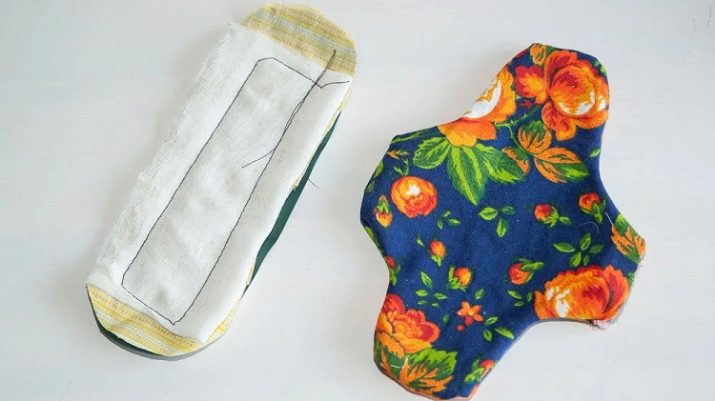
Use of improvised means
However, "embarrassment" does not always happen at home, where, as luck would have it, the sanitary napkins have run out, but there are many opportunities and materials for their own production. It is much more scary to be trapped, for example, at school, at the institute or at work. But what should a girl do if her period started for the first time, and it happened during the lesson?
It turns out that there is a way out even from such an extreme situation, and not even one.
- Instead of a liner, you can use toilet paper or paper towels by twisting them in several layers.
- If you carry a cotton handkerchief, cotton pads, or wet wipes with you, these will also work to replace your sanitary bag for a while. The effect can be enhanced by wrapping the selected material with toilet paper (of course, with the exception of wet wipes).
- An ordinary terry towel is also suitable. True, this method is good if you are at home and can be sure of its cleanliness.Rectangles of a suitable size are cut out of the towel (2-3 is enough) and put into panties. Or, if the towel is small, you can simply fold it in half.
- A plastic bag is placed on the gusset of underwear and covered with a bandage, piece of gauze or cotton fabric.
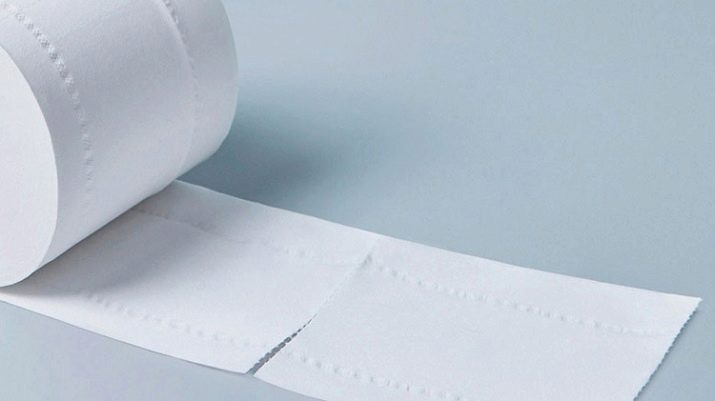
Useful Tips
In order to never have unpleasant situations in your life when menstruation has begun, and there are no pads at hand, adhere to a number of rules.
- Get in the habit of using your daily routine. They have a number of useful properties. Firstly, they absorb and absorb the secretions that accompany a woman throughout the entire menstrual cycle, thereby protecting her underwear from contamination. Secondly, if a lady sees red-brownish marks on the pad, she will understand that her period is just around the corner and take care of buying hygiene bags or tampons. And, thirdly, the daily routine, at least somehow at the very least, will protect against leakage if the menstruation still went off schedule.
- Always carry a pad or tampon in your purse. Always check for them before leaving home. Even if it is possible to “synchronize clocks” in your cycle, and you have never had the above-described unforeseen situations, who said that it cannot happen to your colleague, friend, or fellow student? And in this case, you will greatly help the young lady by offering her a hygienic product. The presence of spare panties will not be superfluous. It is better to give preference to tight-fitting cotton models.
- If suddenly trouble happened to a schoolgirl in the midst of the educational process, she should go to the infirmary, which is in every school, and tell the nurse about it so that she can provide the girl with a hygiene bag. In addition, after the lesson, you can approach the teacher, perhaps she can also help. Well, after returning home, of course, you need to share with your mother so that she can buy suitable pads for her daughter and teach them how to use them correctly.
- If your period does not come unexpectedly, but always plus or minus 3-5 days, at the time of their supposed beginning, it is advisable to wear clothes of dark shades. Ideal black jeans. It is not so easy to find traces of blood on them.
- The menstrual cycle calendar will be your good assistant in calculating the arrival date of critical days. If you regularly fill it out for several months, you will be able to calculate the approximate duration of the cycle, you will understand the regularity of the onset of the first day (for example, in May, the monthly began on 3 numbers, in June - 5, in July - 7, which means it can be assumed that in September they will come 9). By the way, now you can download a special application on your smartphone, which will independently calculate the "dangerous" days and warn your mistress in advance (usually 2 days in advance) about the possible arrival of menstruation.
So we figured out what to do if menstruation began, and pads and tampons were not at hand. It's not so scary, you don't need to panic.
You should immediately remember what improvised means are now available to you, and you should not hesitate to ask colleagues, girlfriends and classmates about the availability of hygiene packages.
